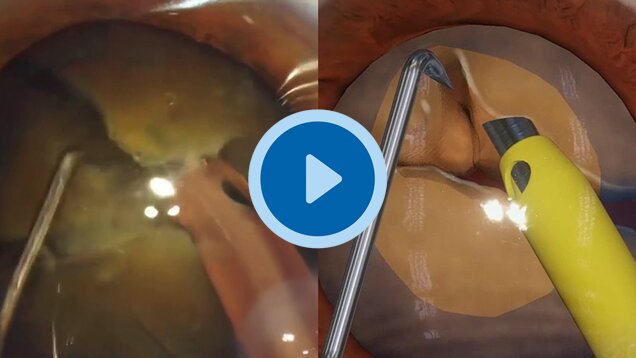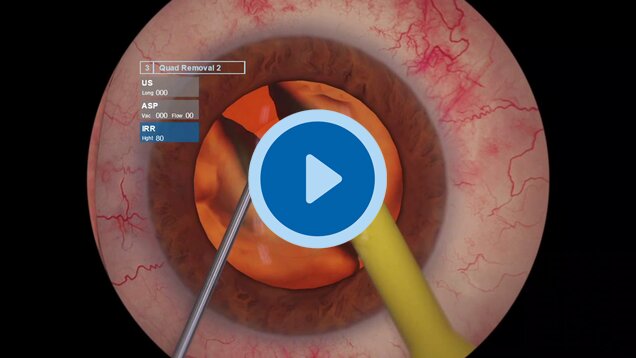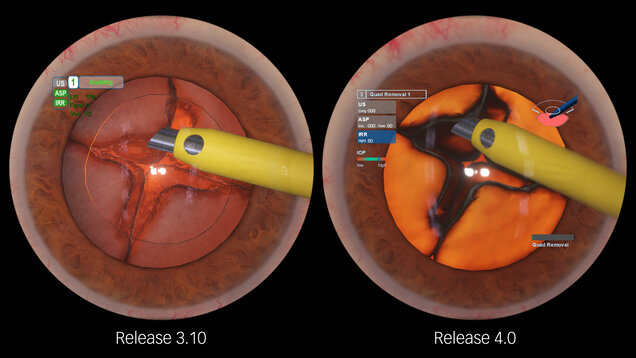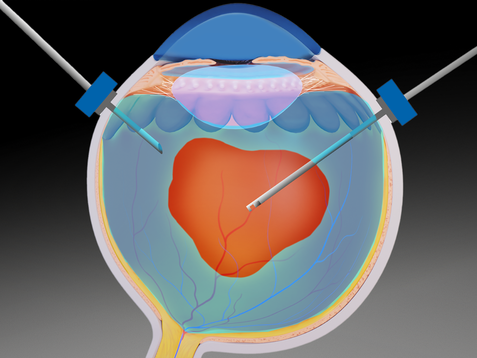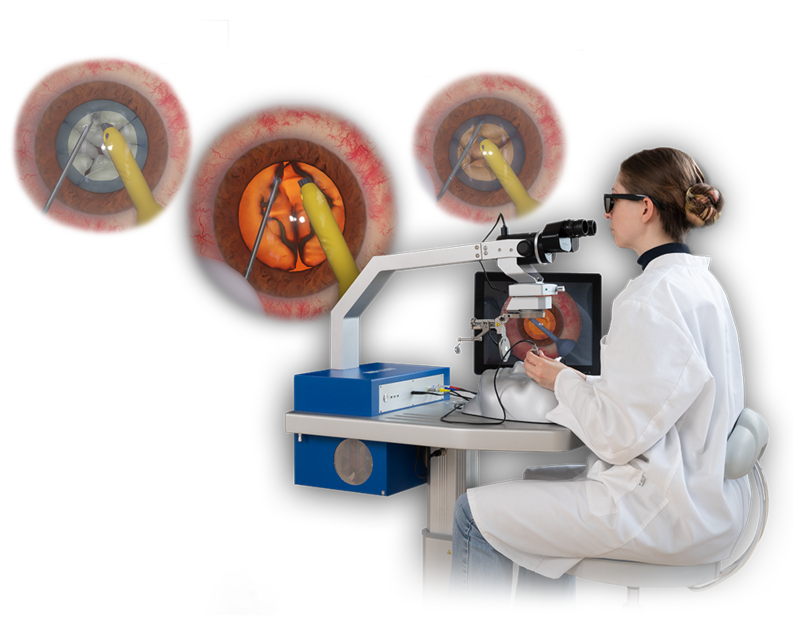
High-end VR simulator
Eyesi Surgical
Software 4.0
Eyesi Surgical Software 4.0 combines unparalleled realism with new training scenarios, supporting continuous improvement in cataract surgery for ophthalmic surgeons of all levels.
